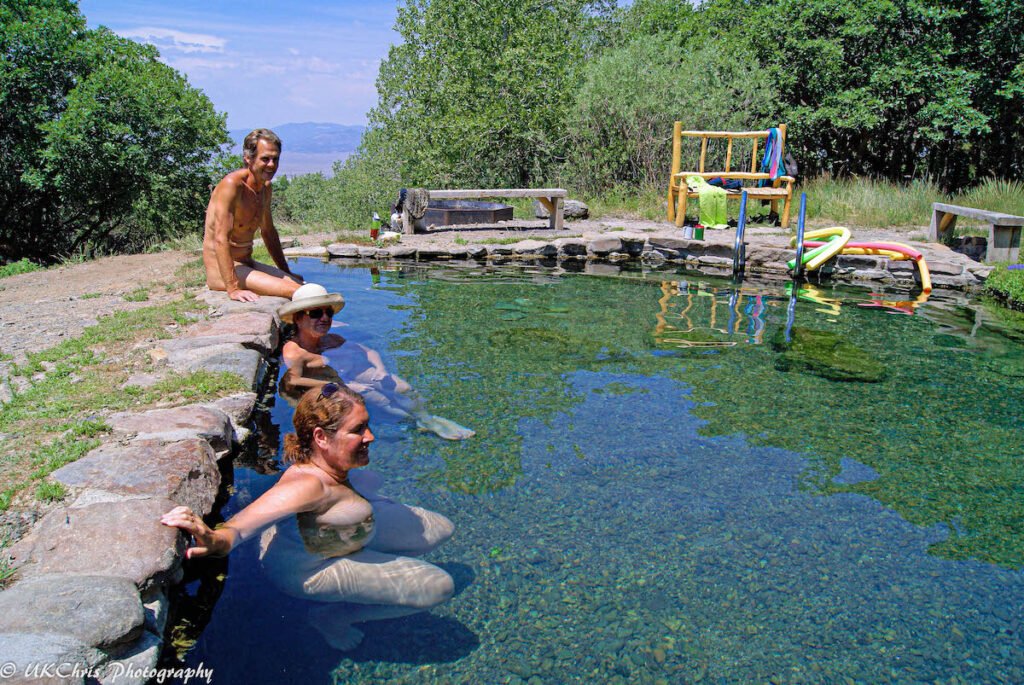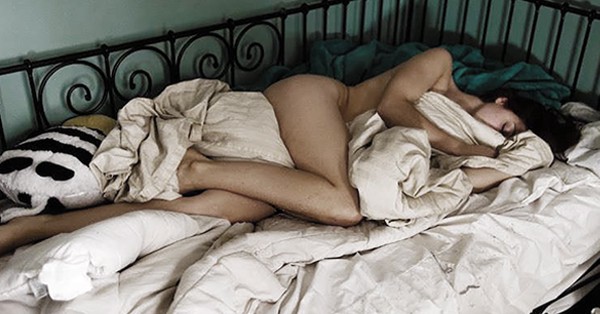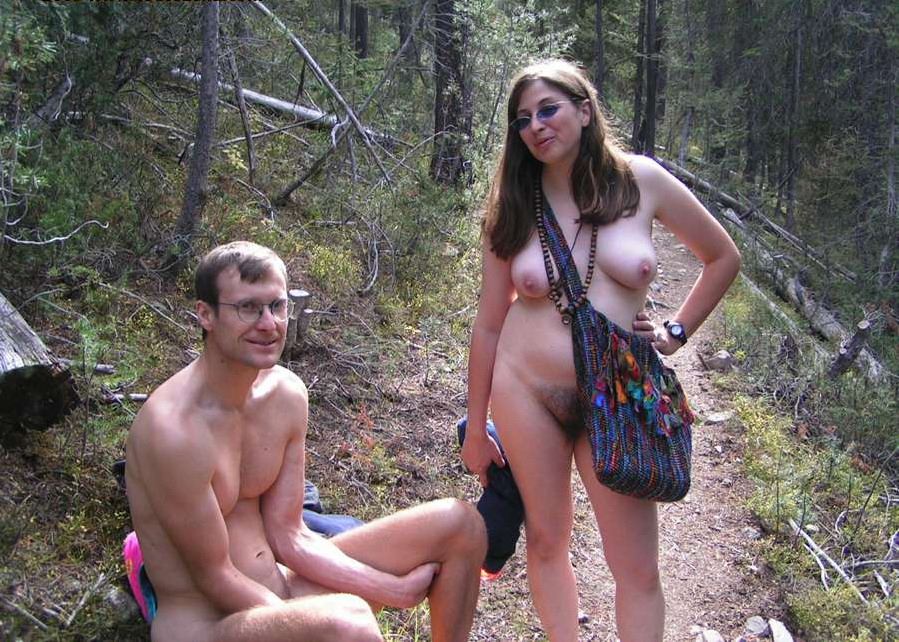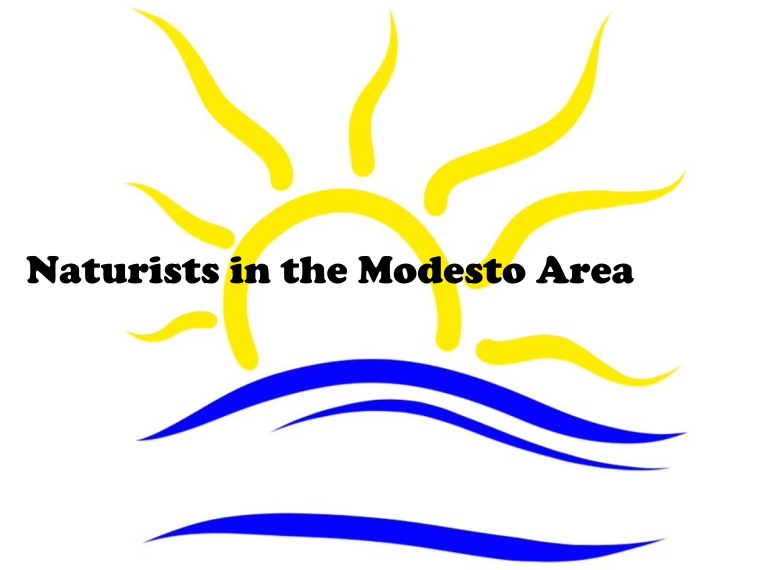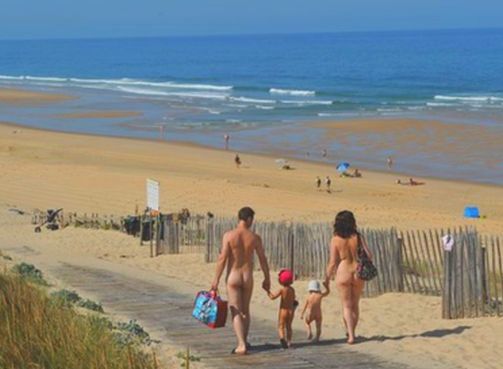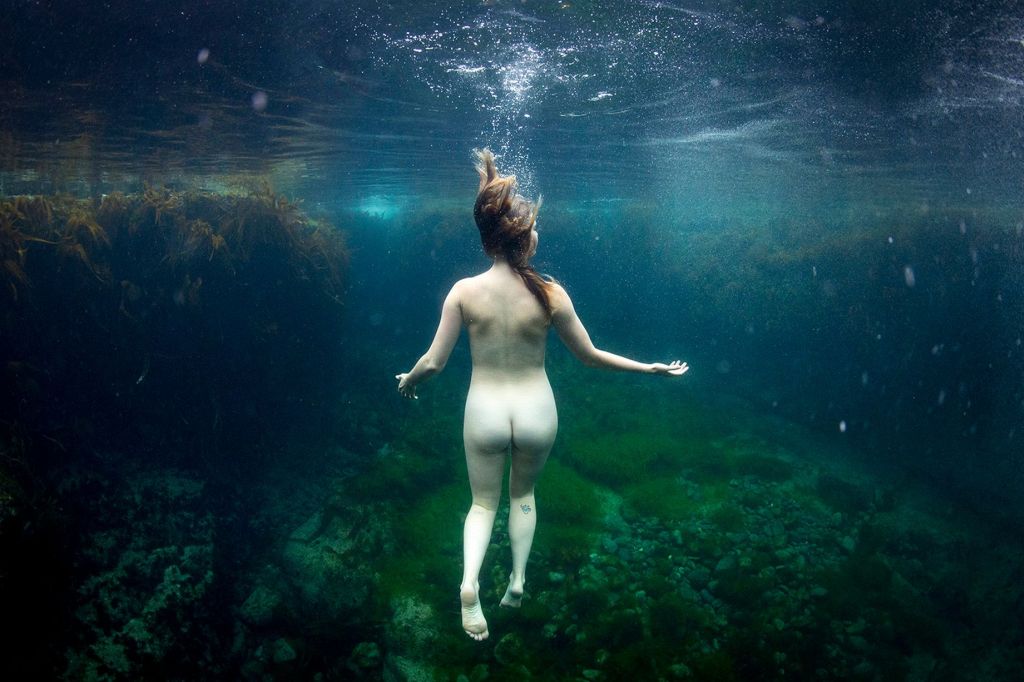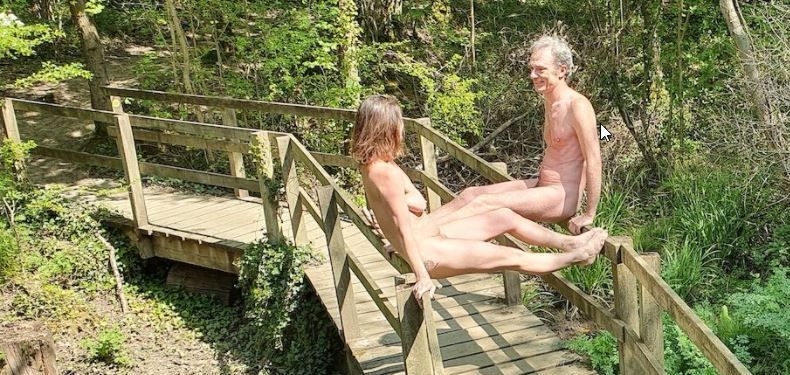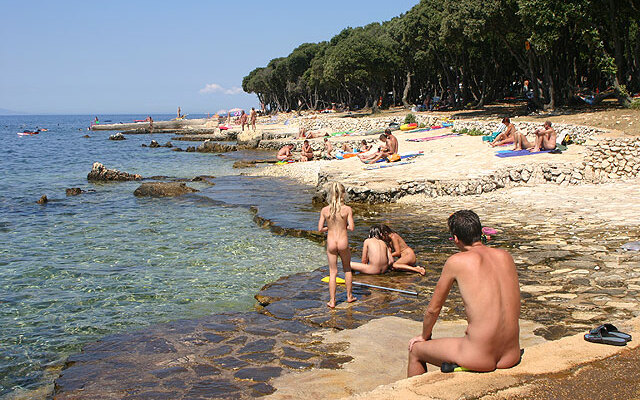- The World’s Best Nude Beaches
Reports of the “best” beaches where nudity is acceptable and common (generally termed “nude beaches”) are a favorite of some mainstream media that want to attract readers interested in topics commonly considered “risqué”. A distinguishing characteristic of real naturists is that they don’t consider most beaches where clothing actually is optional to be risqué. But obviously, the writers of the article cited here aren’t naturists. Right in the article’s second sentence they use the term “naturalist” instead of “naturist”.
That mistake doesn’t necessarily invalidate their choice of beaches to write about. Any beach that most people would consider to be a pretty good beach would be fine with a naturist as long as it’s possible to feel safe and comfortable being naked there. The choice of beaches in this particular article is probably somewhat subjective. In fact, there’s only one beach that this list has in common with the beaches more objectively selected in this list – Valalta, in Croatia. But so what? Naturists should find any beach in either list quite agreeable, as long as nudity is actually common and accepted there.
Interestingly, some of the beaches in this article’s list are in Italy, Turkey, Latvia, or South Africa – which are not likely to be on the travel itinerary of most naturists. The beaches may, nonetheless, very well be considered fine by most naturists. Several U. S. beaches that most U. S. naturists know about are on the list – Haulover (Florida), Hippie Hollow (Texas), Little Beach (Hawaii), Black’s (California), and Gunnison (New Jersey). Even those beaches might be rather distant from most U. S. naturists – but at least a passport wouldn’t be necessary to visit any of them.
- Nude beaches and resorts near Toronto and the rising popularity of naturism

Many people, including naturists, would be surprised that Canada is another country with good and popular clothing-optional beaches. One that’s perhaps more widely known is Wreck Beach in Vancouver. But Toronto also has a popular nude beach: Hanlan’s Point. It’s at least sufficiently well-known to have its own Wikipedia page.
The article is more about naturism generally in the Toronto area than just the beach. It’s from the perspective of a woman who first went topfree on a French beach during a vacation. She found that experience “exhilarating, but also kind of scary”. But more experience with naturism gave the realization that being naked in a naturist place is no sweat, because “literally no one cares.”
She poses the question “What is it about being nude that can feel so overwhelmingly daunting for some, yet for others, it’s no big deal?” The experience of being naked with others varies widely, because everyone has different social conditioning – so “In fact, for many people, it’s empowering.”
- You should start sleeping naked: Here are 5 super convincing reasons
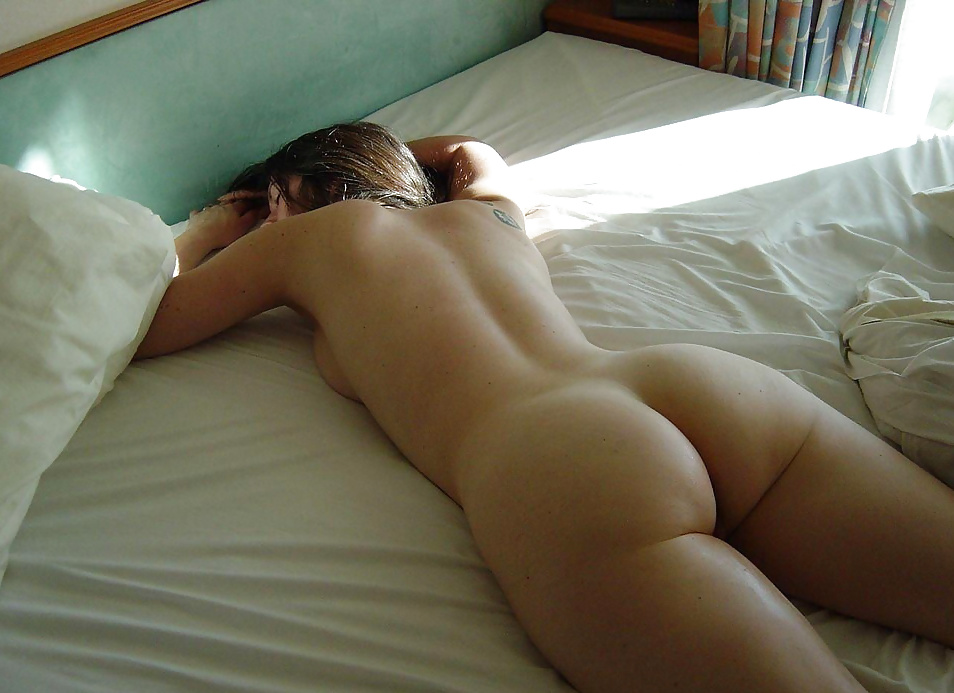
The general mainstream attitude towards nudity – as we all know – is mostly negative. But surprisingly, there’s one case where the attitude is not only positive, but sometimes downright enthusiastic. At least, that seems to be what one could conclude from reading a typical article in mainstream media about sleeping naked.
The articles usually cite a number of reasons, especially health benefits, from sleeping naked. The article linked here is just one of a huge number. Don’t believe it? Just try Googling “sleeping naked”. The resulting list just goes on, and on, and on. There are at least 200 articles, just since 2014. And there are additional reasons besides the health benefits – such as comfort due to the absence of restrictive clothing, and (of course) greater intimacy when sleeping with someone else.
That doesn’t mean that many minds will be changed as a result. It’s rather unlikely most people will come across any article on the topic just by chance. But naturists should bring up the topic as a way of introducing naturist ideas in a conversation with friends. If any skepticism is encountered about the health benefits, simply challenge the skeptics to go check with Google themselves.
When statistics are presented about how many people actually sleep naked most of the time, the numbers range from under 10% to 70% or more (at least for Millennials). You may find many among your friends actually do sleep naked, at least sometimes. But for those who don’t, just suggest they give it a try. Who knows? If people try it and make it a habit, they may be interested in exploring nudity more generally.
For experienced naturists, sleeping naked probably is almost universal. So here’s the naturist perspective on sleeping naked: Should I Sleep Naked? Yes, Start Tonight!
- Getting naked around strangers improves your body image, study finds
This was covered back in June, here. The present article provides more details of the experiment. Keon West, the researcher, himself observes “More replication is always a good idea, and it would also be good to test these hypotheses on some different populations. So far, the research has really focused on White, European participants.”
Not only that, but with only 51 participants – half in the experimental group and the other half in the control group – this is a pretty small sample. In addition, participants were volunteers who knew that nudity might be involved – not individuals randomly selected from the population. Still, it’s quite consistent with the experience of naturists who find improved body image after becoming involved in naturism. And that’s a good thing, even though it may be confirmation bias after having been told that social nudity improves one’s body image – and expecting that outcome.
- Nudist couple says lockdown has tripled membership of British Naturism

It’s already been covered that membership in some naturist organizations has surged in spite of a need for social distancing and even lockdowns because of the pandemic.
Just how big is the “surge”? Well, there are some misleading statements about it that need explanation. A statistic mentioned in one of the earlier articles is that since the start of the British lockdown in March 2020 the number of new members of British Naturism rose from 184 to 930 – presumably in the same period of time before and after. That’s a 5-fold increase (or 400%) – but only in numbers of new members. That’s absolutely not the increase in total BN membership. (In November 2020 BN advocated to Parliament for greater tolerance of naturist, non-sexual nudity and claimed a total membership of “over 9000”.) While the increase in new members is impressive, implying the total membership has “tripled” is rather misleading.
Nevertheless, something positive for naturism in Britain is certainly going on. The article here is based on an interview with BN activists Donna and John Price. They offer some observations that help explain what’s going on.
The couple has spent “most days dressed only in their birthday suits and doing everything from gardening to baking and household chores in the all together”. They’ve taken full advantage of their organization’s extensive online video opportunities for interacting with other naturists in spite of being mostly confined to their own property. As Donna explained, since “the events are virtual, they are open to people from all over the world, so we’ve met naturists we probably wouldn’t otherwise have crossed paths with. We’ve been doing all sorts during lockdown – yoga sessions, coffee mornings, cooking classes, life-drawing, discussion panels and evening drinks – all virtual and all naked.”
It’s also claimed that another reason for the sharp increase in BN membership could be that attitudes towards nudity – at least in Britain – are becoming more relaxed and less unfavorable. A BN spokesperson suggested that “the whole taboo around nudity is eroding. As the decades have gone by, we’ve become less prudish and repressed.” And furthermore, “nudity isn’t that scary subject anymore. Attitudes are changing. People may not call themselves naturists but are increasingly doing nude things and not thinking too much about it.”
Let’s hope that’s all correct. But progress also tends to experience pushback from people who can’t overcome their social conditioning and are intolerant of positive changes. Worryingly, the opposition to family naturist swims in England seems to be increasing – see here and another example next. Naturists need to fight back.
- UK naturists lose more naturist family swims because of hysterical right-wing Brits and Covid-19
- Blackpool’s Sandcastle Waterpark bans Naturists from hosting nude swim events with children
This example demonstrates perfectly what naturism is up against. It has nothing to do with the pandemic – except perhaps indirectly due to the increasing popularity of naturism during the pandemic. This event and an earlier one were sponsored by BN, and open to all members. It seems that similar swim events organized by local naturist clubs continue to be held without restrictions on children.
- Naked family swim at Alton Towers waterpark cancelled due to Covid-19
Alton Towers is a hotel with a water park and a theme park in Staffordshire. For 14 years before this year BN has rented the hotel and water park for a whole weekend in November, usually having a sell-out crowd of about 400 members of naturist families. But this year the event has been canceled, because it would breach pandemic protocols. So this is one negative for naturism caused by the pandemic. A previous report on the event is here.
- It’s the nude renaissance: Why lockdown is a great time to get your kit off
The phrase “get your kit off” is a dead giveaway that the writer is British – and probably a naturist. Both suppositions are correct, as confirmed by the writer when she admits “Getting naked on a public beach is easily the most thrilling thing I’ve done since the start of lockdown. Thanks to my enforced hiatus from travelling this year, I’ve missed the heady rush of endorphins that exploring a new country brings.”
So here’s another reason that the pandemic has stimulated many more people to experience naturism – at least in Britain. The writer, Tracey Davies, lives near Brighton Beach, part of which is one of the most popular UK clothing-optional beaches. “It seems that lockdown has sparked a nude renaissance – which is why I headed down to our nudist beach to see what all the fuss is about,” Tracey confesses. Thus one impetus for a “nude renaissance” is that the monotony of being severely limited in options for new experiences has led to discovering a previously overlooked option that remains available – the pleasure of enjoying nudity in the sunshine on a clothing-optional beach.
Will naturism continue to increase in popularity when (and if) the pandemic subsides? Long-term naturists and new enthusiasts will need to continue exerting effort to keep the popularity of naturism increasing.
- The History of Nudity in the Western Region
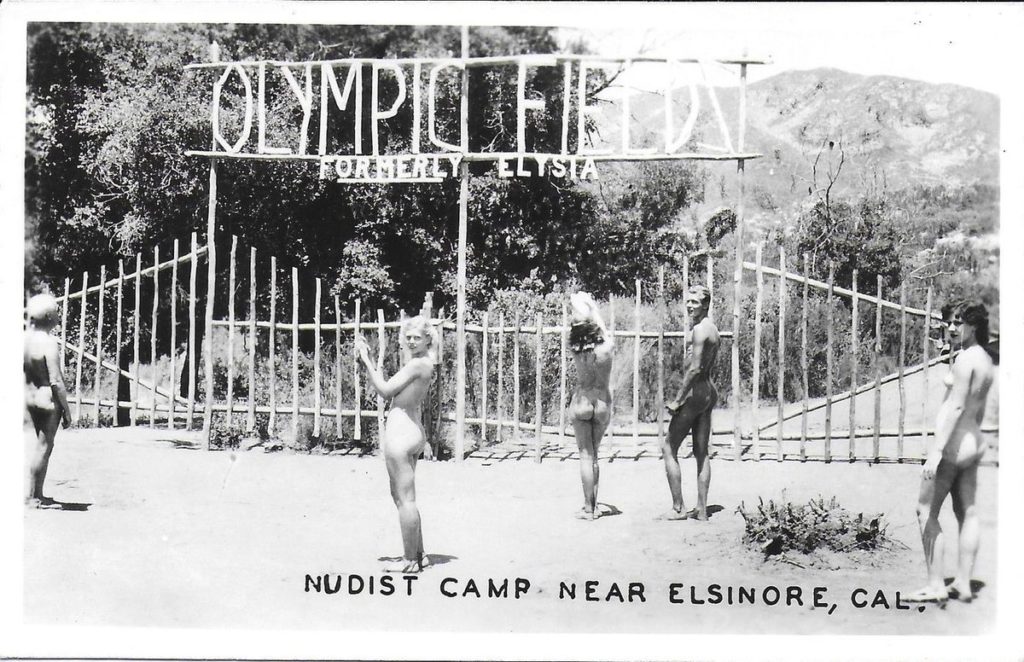
The Western Region of AANR (the American Association for Nude Recreation), also known as AANR-West, comprises the states Hawaii, California, Arizona, New Mexico, Nevada, Utah, Colorado, and Wyoming (and the western half of Mexico, too).
California, because of its mild climate and open-minded attitudes of many of its inhabitants, was a leader in the growth of U. S. naturism during the 1930s. Lupin, in the Northern California hills above San Jose, was established in 1935 and is still going strong. Fraternity Elysia was established a year earlier in the Southern California mountains above Lake Elsinore. It underwent a series of name changes, first to Olympic Fields, then McConville, then finally to Mystic Oaks – but closed finally in 2008.
The article here very briefly touches on various events in the history of AANR-West. There are also links to 7 other articles that provide more details on specific naturist topics and locations (mostly in California). This is quite far from a reasonably complete history, even of the early years. But it’s a nice high-level overview.
- If you go down to the woods today: adventures in nudist Paris
Many articles on naturism in mainstream media – such as this one – are written by women. That’s noteworthy mainly because (unfortunately) many more men than women are active naturists. Yet it’s good to have the perspective of a female writer. Although the writer is less likely to be or become a naturist (as in this case), she’s somewhat more likely to show naturists how reasonable others perceive them.
The reporter for this assignment, Pamela Druckerman, is actually having her first experience with naturisme (the preferred French term). Her first surprise was that almost everyone was male in the Paris park she visited, which was set aside for naturism. That severe imbalance isn’t typical of most naturist places, especially in France. But, unfortunately, it’s not too uncommon either.
Pamela notes that Paris does have “an active naturist subculture that includes this city-approved zone in the forest, weekly naked nights at a municipal pool and occasional clothes-free bike rides, museum visits and garage sales.” She doesn’t undress at the park, and doesn’t really have much to say about it. But she does meet one naturist woman there, “Marie”. Later she accepts Marie’s invitation to attend a naked swimming night at an open-air swimming pool for aqua-exercises – and actually gets naked there.
She doesn’t, however, particularly enjoy the experience. That’s in part for a surprising reason: “The naturist movement’s resolute non-sexuality bothers me too. Other people’s bodies suddenly seem demystified and banal. … Why take the pleasant erotic charge out of a leisure experience like sunbathing or swimming?” She also has body-image issues.
Although Pamela doesn’t find the nudity of others particularly objectionable, it’s clear that naturism really isn’t her cup of tea. And that’s fine. To be a naturist requires a certain taste for the pleasures of naturist nudity. Non-naturists, it seems, simply can’t grasp the separation of sexual and non-sexual nudity. Both are good. But they’re fundamentally different things.
That being so, Pamela clearly wasn’t a good choice for giving readers a reasonable feel for what naturism is actually about. This counts as a failure for mainstream media (The Economist magazine, in this case.) But it’s useful to help naturists understand why more people don’t share their enthusiasm.
- The naturist couple that travels the world naked
Mainstream media seem to consider it newsworthy that naturists would seek out – and find – the opportunity to enjoy nudity in delightful places around the world. Naturists having sufficient resources and/or determination for world travel, at least. Some of these places are widely known – to naturists, anyhow – while others are genuine hidden gems. This article features the well-known naturist bloggers Nick and Lins, of the Naked Wanderings blog.



